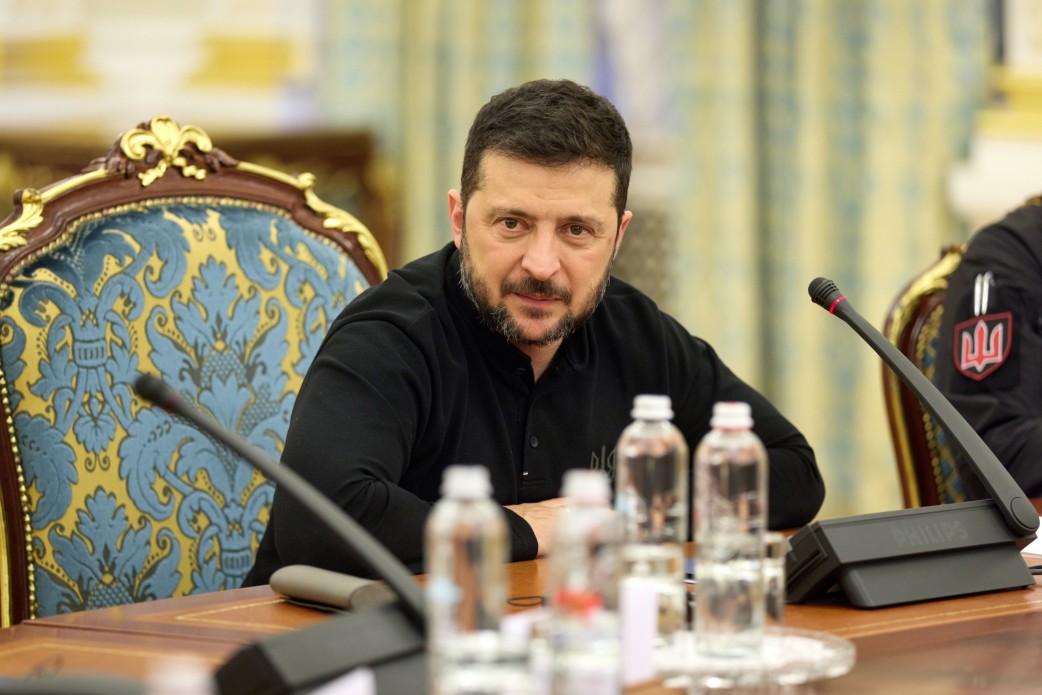
Photo: Getty Images. Iranian-made Shahed-136 drone
Now more drones will fly to Ukraine: the Russians have opened new sites for launching UAVs.
In recent weeks, Russia has been launching more than a hundred “shaheeds” every day. Last night alone, there were 117 enemy drones in our skies. Sumy, Dnipropetrovsk, Kirovohrad, and Cherkasy regions were affected by the attack.
Now even more UAVs may fly into Ukraine, the media writes. The Russians are opening additional sites for launching drones. Read more in the story.
Expansion of production and sites
According to RBC-Ukraine , Russia has opened three new launch sites for “Shaheeds” in addition to the seven existing ones. All of them are located in the Primorsky-Akhtarsk region of the Krasnodar Territory. This could allow the enemy to increase the number of drones launched during a single attack, that is, in one day or night.
It should be noted that three months ago, CNN revealed data on the expansion of Shahed production at a plant in the Alabuz Special Economic Zone, located in Tatarstan. It was reported that in 2023, 2,738 drones were manufactured in Alabuz, and in the first nine months of 2024, this figure more than doubled to 5,760 units.
Russia has increased the production of Iranian-designed strike and reconnaissance drones at this plant, using a number of Chinese components and hiring low-skilled labor, including teenagers and women from Africa.
According to the publication, Moscow planned to produce about 10,000 drones at this enterprise by the end of 2024.
Chinese antennas
The Russians have also begun to modernize the “Shaheeds” with a new Chinese antenna: previously it had eight channels, now it has 16. Such a drone more easily evades the action of Ukrainian electronic warfare means, says Yuriy Ignat, spokesman for the Air Force of the Armed Forces of Ukraine.
“We need to knock it off its route, as they say, by ‘spoofing’ it, or, accordingly, suppress the signal. That’s what our electronic warfare systems do to prevent the drone from reaching its destination and crashing somewhere, preferably where there is no serious threat to human life,” the spokesman said during a telethon on March 24.
As Ignat explained, the more antennas a “shahed” has, the more means the air defense forces need to have to suppress the signal.
“And they are working on this today. Serious production of our military-industrial complex. There is partner assistance. And other organizations and funds are also helping,” Ignat noted.
Thermobaric charge
On the night of March 23, the enemy army used “mixed-type” thermobaric charges in its drones during an attack on Kyiv.
Such ammunition contains an aerosol mixture that ignites upon contact with oxygen. After the explosion, a vacuum crater is created in which all the oxygen is burned, and a powerful reverse blast wave is formed, explained aviation expert Konstantin Kryvolap .
“A classic thermobaric warhead consists of containers containing an aerosol mixture. When it enters a confined space – an apartment, a basement. It spreads and then explodes,” said Kryvolap.
According to him, thermobaric charges create not only a destructive wave, but also an effect that is difficult for people who are in the immediate vicinity of the epicenter of the explosion to experience.

